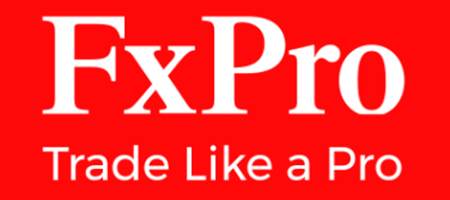For over 15 years, Exness has remained steadfast in its commitment to providing clients with utmost transparency in pricing and execution. To gain a profound understanding of the intricate mechanics behind our pricing algorithms and spreads, we must delve deeper than merely granting traders access to our comprehensive tick history.
In this initial segment of a five-part series, we aim to unravel the mystery by elucidating not only how Exness crafts its pricing but also how this process aligns with the practices of major banks and financial institutions.
At the core of comprehending pricing in the OTC market lies a fundamental yet often misunderstood term: the over-the-counter market. The OTC market is a pivotal component of the financial landscape, characterized by its flexible transaction structures and accessibility to a diverse array of assets. It distinguishes itself from traditional exchanges through lower trading costs and less stringent regulatory requirements.
OTC vs. Exchanges: A Distinct Paradigm
Unlike centralized exchanges, the Over-The-Counter (OTC) market operates as a decentralized realm where independent parties engage in trading financial instruments at mutually agreed-upon prices. This eliminates the need for a central exchange intermediary. Numerous entities partake in OTC trading, encompassing hedge funds, investment banks, market makers like Exness, and more. In simpler terms, any transaction devoid of a central entity acting as an intermediary falls under the OTC umbrella.
Consider, for instance, buying a used car from your neighbor; this transaction is OTC as it lacks a central marketplace dictating an official price. Instead, you and the seller determine the transaction price.
Navigating Price Dynamics in the OTC Market
In the OTC market, identical assets traverse multiple marketplaces, engendering natural price discrepancies among them due to distinct transactions. Nonetheless, arbitrage mechanisms work to ensure these discrepancies remain short-lived. Consequently, spreads fluctuate depending on the volume of available liquidity and the willingness of price providers to engage in transactions.
An Everyday Analogy
Imagine visiting various banks to exchange currency. You'll likely encounter slightly different exchange rates at each bank. This mirrors the OTC market, where banks establish rates based on their individual costs, supply-demand dynamics, and risk assessments. Consequently, you may encounter minor variations in currency prices and spreads between different banks. Some banks might offer daily rates with wider spreads, while others provide real-time rate updates with tighter spreads.
To simplify further, consider the earlier car example. You purchased the car from your neighbor because you knew its typical market price was higher. Subsequently, you decide to sell it at a profit, posting an advertisement on a prominent car marketplace. Arbitrage opportunities arise from differences between various marketplaces, allowing you to capitalize on price variations.
Delving Deeper into Arbitrage
Market dynamics within the OTC arena are constantly evolving. To exploit price inefficiencies—especially in online trading, where you contend with algorithmic competitors—you must act swiftly. These opportunities aren't exclusive to the FX market; they permeate other markets as well, including spot metals, energies, indices, and cryptocurrencies.
Across various assets, distinct prices may emerge simultaneously in different locations, trading platforms, or marketplaces. Participants leverage these disparities to buy low and sell high, capitalizing on existing price variations to reap profits.
In Conclusion
Having demystified the OTC market and explored pricing intricacies and arbitrage, the forthcoming article in this series will delve deeper into the logic that governs pricing generation. This exploration extends not only to Exness but also to the broader industry, providing a comprehensive insight into how prices are generated and maintained. Stay tuned for an even deeper dive into the fascinating world of pricing in the OTC market.
 FxPro, the leading online broker, is excited to announce the full launch of TradingView integration across its trading platforms, following a successful beta phase.
FxPro, the leading online broker, is excited to announce the full launch of TradingView integration across its trading platforms, following a successful beta phase.  OnsaFX, a regulated, global & zero-commission broker, is strengthening its presence in Africa by preparing to enter the Ghanaian market.
OnsaFX, a regulated, global & zero-commission broker, is strengthening its presence in Africa by preparing to enter the Ghanaian market.